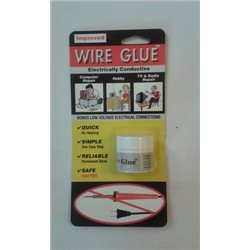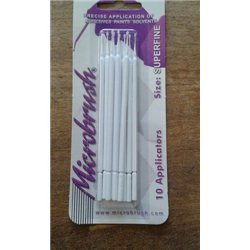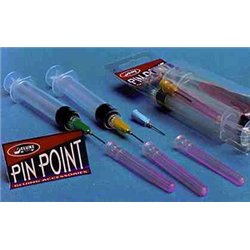The leading edge of an airplane wing is a crucial component in the design and function of an aircraft. It is the...
No products
Product successfully added to your shopping cart
There are 0 items in your cart. There is 1 item in your cart.
Search Tips
Christmas and New Year
We are dispatching orders every weekday apart from Christmas Day, Boxing Day and New Year's Day.
If you order is time critical, select next day delivery at checkout.
The shop in Sandown is closed from 25th December, reopening on 30th December.
What is Wire Glue?
Wire Glue is an electrically conductive glue/paint which has many uses in the hobby world.
It is ideal for both AC and DC circuits that carry low voltage, such as the ones used on model railways.
One example I can think of is joining wires and possibly replacing the need for some solder joints between wire and track.
Wire Glue is made of micro carbon in suspension. It becomes conductive only when fully dry.
When using Wire Glue always make sure the surfaces that you plan to bond are clean and dust free. It might be a good idea to rough up the surfaces to be bonded to help it to stick better.
When applying Wire Glue, it is suggested to use a stick or a toothpick however for a nicer clean finish to the job, I tend use white microbrushes, these are the finest tipped brushes in the range.
The manufacturer states that when the joint has completely cured/dried for extra strength the Wire Glue can be coated in superglue or epoxy resin.
Always be safe when using a glue or paint product and use safety glasses (if nothing else it may stop you putting your finger in your eye)and gloves as a lot of modelling products may cause skin irritation.
Click here to receive the tips weekly in your mailbox. You can unsubscribe at any time.










